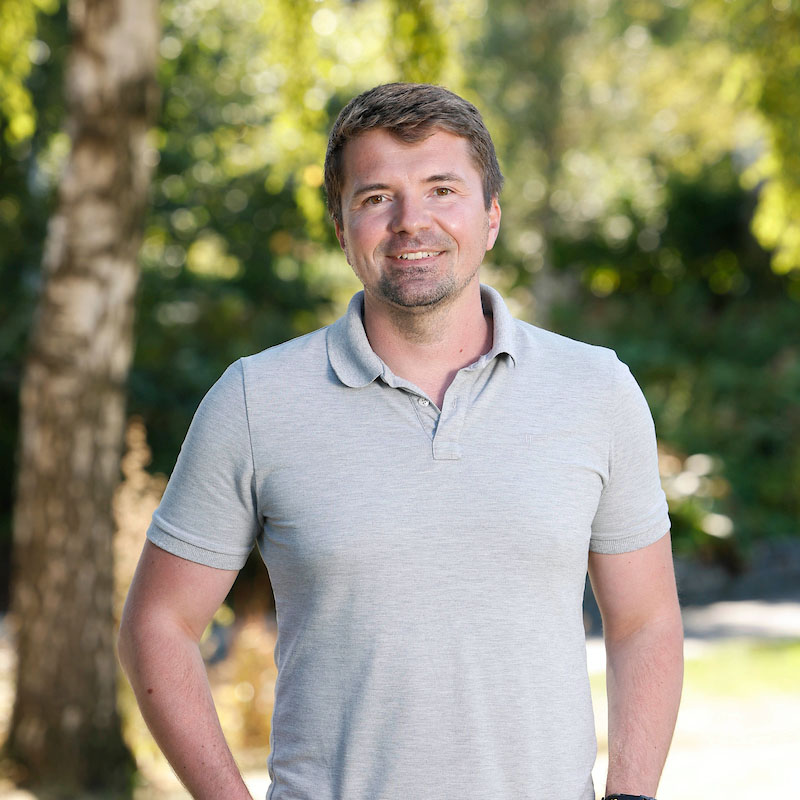Why Healthcare Is Different
Most innovation efforts in healthcare follow a linear, "plug-and-play" mindset: swap out the old IT platform, roll out the shiny new AI tool, train staff, and then pat ourselves on the back. But healthcare isn't a simple puzzle. It's a web of interdependencies involving clinicians, administrators, patients, regulators and—yes—legacy technologies. Every tweak ripples through this network in unexpected ways.
Cambridge Public Health recently highlighted that tackling complex health challenges requires systems thinking—recognising feedback loops, emergent behaviours, and adaptive responses rather than isolated fixes. That's why a pilot project that works brilliantly in a controlled research setting often stumbles when scaled across multiple GP practices or hospitals.
"You can't just increase funding and expect miracles. You need to redesign care pathways from scratch, break down silos between services, and actually trust local teams to make decisions."
— The reality check from Sláintecare implementationThe Irish Context: Sláintecare & Digital for Care 2030
Ireland finds itself at a remarkable crossroads in healthcare transformation. With a record-breaking €25.8 billion health budget - representing a massive €2.94 billion jump from 2024 - we're not just throwing money at problems. We're fundamentally reshaping how healthcare works through Sláintecare implementation, the creation of six new health regions, and the rollout of the Digital for Care framework.
Sláintecare isn't just another policy document gathering dust - it's our roadmap for completely rethinking health and social care delivery. The strategy recognises a crucial truth: you can't just increase funding and expect miracles. You need to redesign care pathways from scratch, break down silos between services, and actually trust local teams to make decisions.
The Digital for Care 2030 framework builds on this foundation, mapping out how digital tools will become an integral part of everyday healthcare practice - we're talking about remote patient monitoring, AI assisting with triage decisions, and shared health records that follow patients wherever they go.
Reality Check
Strategy documents look great in PowerPoint presentations, but they mean nothing if they don't work in the real world. The actual test isn't in government offices in Dublin - it's whether these changes actually improve care for someone in a GP clinic in Cork, an emergency department in Galway, or a community health centre anywhere across the country.
Bringing Healthcare Professionals on Board
Healthcare professionals aren't "resistant to change"—they're sceptical of changes that add complexity or ignore their lived experience. EY's research on digital healthcare transformation stresses that "leadership, culture and care" must sit at the heart of any tech rollout. From what I've seen, the secret sauce in Ireland involves three core practices:
Human-Centred Design
Start by mapping clinicians' workflows. In a busy GP surgery, even a 10-second delay per patient adds up to hours each week. Co-design sessions with GPs, nurses and admin staff ensure new tools address real pain points rather than create extra work.
Iterative Pilots & Feedback Loops
Rather than a big-bang launch, use rapid cycles of testing, feedback and refinement. Early feedback on usability, integration with existing systems, and training needs allows you to course-correct before scaling.
Change Champions & Peer Networks
Identify enthusiastic clinicians to act as "innovation ambassadors." Their peer-to-peer endorsement carries far more weight than top-down mandates. Regular brown-bag lunches or virtual huddles help share success stories and tackle stumbling blocks together.
Real-World Examples
Virtual Wards at St. Vincent's Hospital, Dublin
Since launching in July 2024, St. Vincent's Virtual Ward has treated over 523 patients and saved 3,820 bed days. Patients with cardiac and respiratory conditions receive hospital-level care at home using remote monitoring technology. The service can manage 25-30 patients at any given time and has expanded to include gastroenterology, infectious diseases, and neurology.
Ruadhán the Robot at University Hospital, Galway
This AI automation robot works overnight to match the National Treatment Purchase Fund (NTPF) and hospital waiting lists. It processes high-volume, low-complexity tasks automatically, freeing up staff for more important work. The HSE is now extending Ruadhán to all hospitals within each health region. Deputy CEO Damien McCallion called these "real productivity gains."
Key Success Factor
Both examples work because they address real system bottlenecks while working within existing clinical workflows rather than requiring wholesale process changes.
Tackling Barriers Head-On
Innovations fail when we ignore the real blockers:
The Road Ahead for Ireland
With significant health-tech investments on the horizon and momentum around Digital for Care 2030, Ireland has a once-in-a-generation chance to leapfrog more linear health systems. But realising that potential means staying humble about complexity, listening to frontline heroes, and building systems that learn and evolve.
Instead of asking "How do we implement this innovation?" let's ask "How does this innovation fit into the living, breathing ecosystem of Irish healthcare?" That shift—from project mindset to systems mindset—is where true transformation lives.
"Instead of asking 'How do we implement this innovation?' let's ask 'How does this innovation fit into the living, breathing ecosystem of Irish healthcare?' That shift—from project mindset to systems mindset—is where true transformation lives."
— The mindset shift for sustainable healthcare innovationWhat successes or hiccups have you encountered in your own healthcare change journey? Let's swap stories and co-create solutions that work for everyone, from consultant to community nurse to the patient in the waiting room.
References
- The challenge of complexity in health care - PMC
- Understanding Health Care as a Complex System: The Foundation for Unintended Consequences - PMC
- The adoption of digitalisation by healthcare professionals: Insights and Opportunities | digitalswitzerland
- Sláintecare - the strategy for improving Ireland's healthcare system
- Digital for Care - eHealth Ireland
- Healthcare transformation challenges and opportunities in Ireland in 2025
- Minister for Health, Jennifer Carroll MacNeill, visits St. Vincent's University Hospital's Virtual Ward - St. Vincent's University Hospital
- Why human touch is key to digital healthcare transformation | EY - Ireland
- Revolutionising waitlist management at University Hospital Galway with automation - eHealth Ireland

